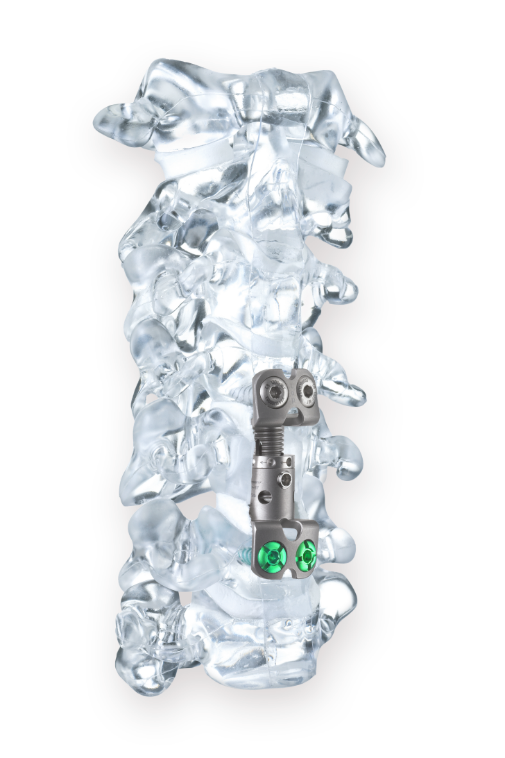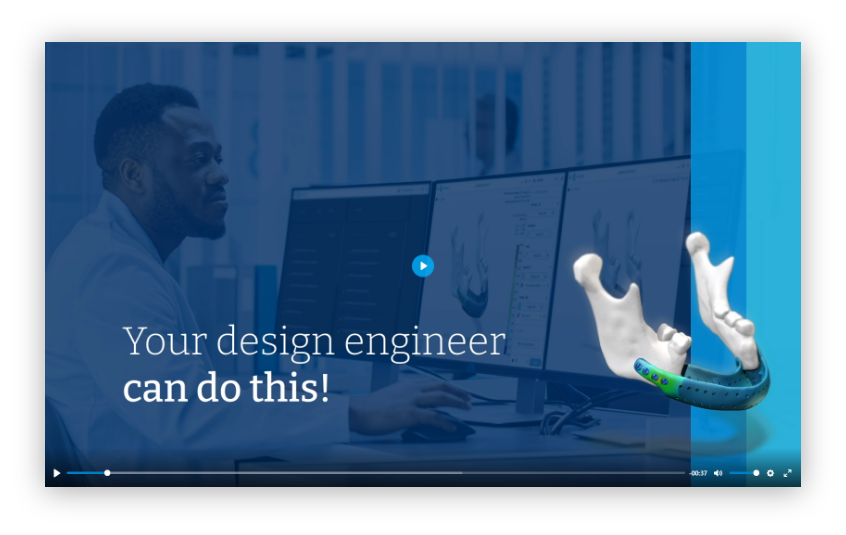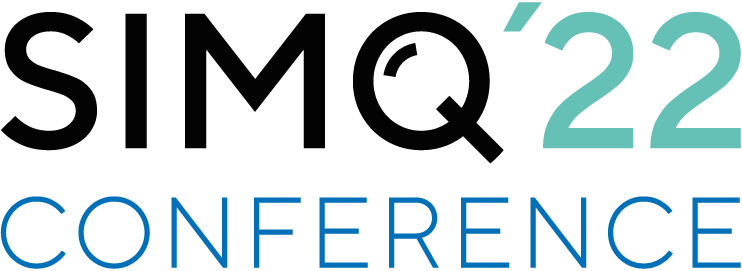ulrich medical - Transforming Healthcare with Simq's Innovative Solutions


Screws in the human spine and other bones are subject to the most demanding requirements. ulrich medical meets them perfectly – and uses simulation solutions from Simq to do so.

“Today, design-accompanying calculations are carried out at an early stage with the support of Simq. In this way, we meet the highest quality requirements for the end products and the production processes.

About the customer
Medical technology has been the focus of the ulrich medical family business in Ulm for 110 years. One of the company's two divisions deals with the development and production of spinal systems. These include implants, but also rod-screw systems for fixation, stabilization or correction of the spine, which are mainly made of titanium. Titanium has the great advantage that it is particularly well tolerated by human tissue.

The task
The direct interaction of ulrich medical’s medical technology products with the human body requires the highest degree of precision in development and consideration of the special properties of biomechanical processes. However, as with all development processes, an unknown remains in the creation of innovative medical devices: Any potential problem areas could be identified too late, resulting in complex corrections.

The solution
The Ulm-based long-established company reduces this risk with simulations that accompany development and are carried out with Ansys and, if necessary, backed up with advice and support from Simq. Surgeon and patient must be able to rely on the optimal design of an implant or screw system. For titanium screws, for example, Ansys is used to calculate exactly the force with which they can be screwed in without the pin twisting or breaking due to friction or clamping.

The result
The static-mechanical FE analysis was able to prove the safety of the product in silico.
Under the given assumptions, the FE analysis showed that the stresses and strains at the screw neck do not differ when changing the screw angle from 0° to 25°. Likewise, the stresses and strains do not change significantly when the tulip edge is in contact with the screw neck.
Thus, ulrich medical was able to virtually eliminate the risk of necessary corrections and the associated time and expense during development, to the benefit of surgeons and patients.
Additional sources
Paper by Prof. Dr. Dr. Max Mustemann zu Mühlhausen
Written title of the paper, can also be a little longer
.
3.4 Mb





